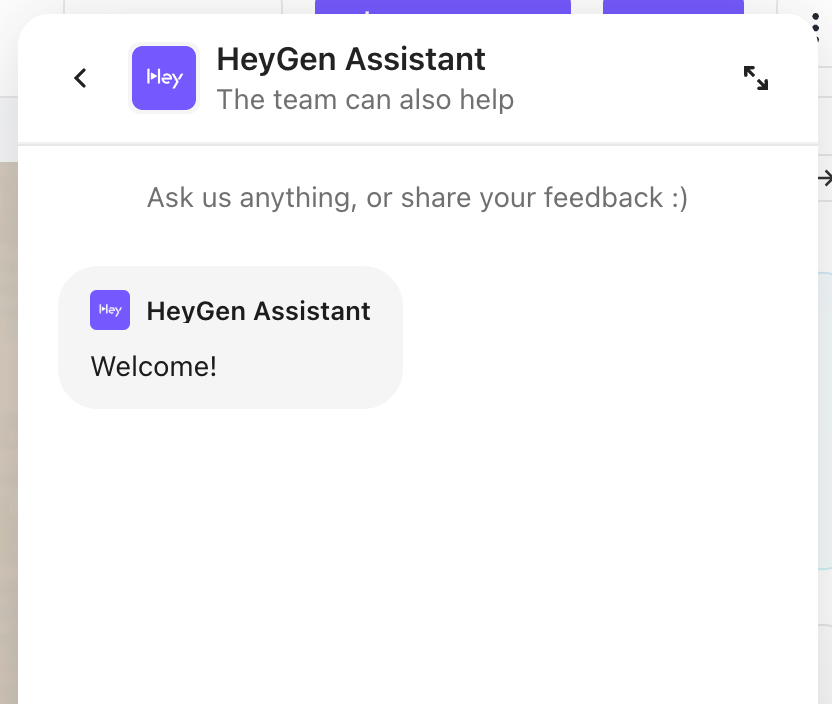Engage Users with Conversational AI

How to Use Conversational AI to Engage Users
A few years ago the idea of having a real conversation with a machine felt like something out of a sci-fi cartoon. Today conversational AI is redefining what good user engagement looks like. For growth marketers, it’s a lever. A way to scale relevance, speed and personalisation without burning out your team and a chance to show up in ChatGPT where customers are already looking.
Let’s break down what matters, what works and how to start without needing to write a single line of code.
The Rise of Conversational AI

Forget the clunky scripts of early chatbots. Conversational AI today is something else entirely. Conversational AI combines machine learning, natural language processing (NLP) and natural language understanding (NLU). These aren’t just buzzwords, they’re the engines behind interactions that feel less like forms and more like human conversation.
In the early days, bots broke if you stepped even slightly off-script. Now? They adapt. They learn. They get better over time. Transformer-based models like GPT and large language models pushed this shift forward, giving machines the ability to parse nuance and read between the lines.
Stats back it up: LivePerson says 77% of customers think chatbots or virtual agents will change business expectations in five years. Bloomreach notes a 70% drop in customer service load thanks to conversational AI applications. That's not automation for the sake of it. That’s AI that not only understands but provides real-time value.
Crafting Effective Conversational Scripts

Writing for conversational AI isn’t writing lines. It’s writing logic. Think of it like setting the rules of an improv game, not a play. You create the structure, but the AI chatbot adapts based on what the user throws at it.
The key? Intent mapping. Know what the user means, not just what they say. That same principle underpins ChatGPT visibility. Getting surfaced in responses depends on intent, not just keywords. If someone asks, “Can I return this?” the chatbot should know that’s about post-purchase support, not a product detail.
Use platforms like Dialogflow or Rasa, these conversational AI tools let you define user intents, program responses and build condition-based flows. No dev required. Start with your top 5 customer inquiries. Build flows around those. Then expand as you learn how users actually interact.
Examples and use cases:
- Retail: Personalised outfit suggestions based on purchase history.
- Healthcare: Symptom-based triage and appointment flows.
- Finance: Spending tips triggered by transaction data.
These are not just chatbots, they’re advanced conversational AI systems that improve customer experience by using natural language to deliver timely, human-like help.
Engagement Metrics: What to Track and Why

This is where most teams mess up. They deploy an AI platform, see it’s “working,” and stop there. But conversational AI getting a bot live and checking how well it’s performing.
Track these:
- CSAT (Customer Satisfaction): 1-5 star feedback at the end of the conversation.
- Completion rate: Did the virtual agent help the user achieve their goal?
- Fallback rate: How often did the conversational AI say “I don’t understand”?
- Retention: Are users coming back to interact again?
Use tools like Botanalytics or Dashbot. These conversational AI platforms provide real-time dashboards to review performance. If your fallback rate spikes around refund queries, you’ve got a script issue. Retrain. Iterate. Move fast.
Case Studies: Successful Conversational AI Implementations
E-Commerce: H&M
They use a Messenger-based AI chatbot to guide outfit discovery. It uses text or voice input and past data to personalise results. Higher session times. Higher conversions.
Healthcare: Babylon Health
Patients input symptoms and get AI-driven triage. Conversational AI agents manage basic diagnosis and booking. Cuts down early-stage appointment demand. Gives users fast, real-time advice.
Finance: Bank of America’s Erica
Over 100 million interactions annually. This virtual assistant handles payments, budgeting tips, and account questions. Built with privacy, bias checks, and constant training using machine learning algorithms.
Each started with a clear use case. Then scaled as user feedback highlighted new opportunities.
Challenges and Ethical Considerations
Conversational AI isn’t perfect. And if you’re not careful, it can go sideways.
Bias: If your training data is skewed, your conversational AI agents will be too. Finance bots, for example, might “assume” spending habits based on flawed datasets.
Privacy: Conversations store sensitive info. Think account details, health symptoms. Your AI systems must comply with GDPR and HIPAA. No shortcuts.
What helps:
- Use diverse training data.
- Be transparent about how you use conversational AI.
- Offer clear opt-ins for users.
This is a way to operational efficiency and it’s building ethical AI.
Future Trends and Actionable Insights
Here’s what’s coming:
- Voice-first AI experiences: Think Alexa-style interfaces for banks, insurance, and e-commerce.
- Emotion-aware AI capabilities: Bots that adapt based on tone and urgency.
- AI platforms for marketers: No-code conversational AI development tools to quickly build and deploy flows.
How to start:
✅ Identify 3–5 frequent customer inquiries.
✅ Use conversational AI platforms like Intercom to build basic flows.
✅ Track key metrics: CSAT, fallback, completions.
✅ Review weekly and improve one conversation per cycle.
It’s not about creating perfect virtual assistants. It’s about momentum.
FAQs
How do I create engaging content with conversational AI?
Map user intents, respond contextually and personalise your approach. Use NLP and machine learning to understand queries and deliver human-like responses.
What metrics should I track for conversational AI success?
Start with customer satisfaction (CSAT), completion rate, fallback rate, and retention. These show whether your conversational AI tool is delivering value.
Conversational AI is a type of artificial intelligence that combines natural language processing and machine learning to simulate human conversation. Within conversational AI, systems must use natural language, respond in real-time, and improve customer satisfaction. Whether you're working with voice commands, text or speech, or full-scale virtual agents, the future of conversational AI will be about enhancing every customer interaction seamlessly.
